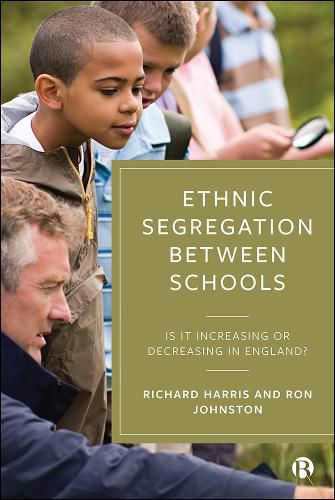Readings Newsletter
Become a Readings Member to make your shopping experience even easier.
Sign in or sign up for free!
You’re not far away from qualifying for FREE standard shipping within Australia
You’ve qualified for FREE standard shipping within Australia
The cart is loading…






This book uses up-to-date evidence to interrogate contemporary patterns of ethnic and social segregation at a school-level, looking at how the changing geographies of ethnic segregation reflect those of social segregation.
There is an enduring belief amongst some that segregation is worsening and undermining social cohesion, and that this is especially visible in the growing divides between the schools in which our children are educated.
This book uses up-to-date evidence to interrogate some of the controversial claims made by the 2016 Casey Review, providing an analysis of contemporary patterns of ethnic, residential and social segregation, and looking at the ways that these changing geographies interact with each other. The authors consider the challenges of measuring segregation, the scales at which segregation is most rapidly changing and provide a model for mapping changes in the future.
$9.00 standard shipping within Australia
FREE standard shipping within Australia for orders over $100.00
Express & International shipping calculated at checkout
This book uses up-to-date evidence to interrogate contemporary patterns of ethnic and social segregation at a school-level, looking at how the changing geographies of ethnic segregation reflect those of social segregation.
There is an enduring belief amongst some that segregation is worsening and undermining social cohesion, and that this is especially visible in the growing divides between the schools in which our children are educated.
This book uses up-to-date evidence to interrogate some of the controversial claims made by the 2016 Casey Review, providing an analysis of contemporary patterns of ethnic, residential and social segregation, and looking at the ways that these changing geographies interact with each other. The authors consider the challenges of measuring segregation, the scales at which segregation is most rapidly changing and provide a model for mapping changes in the future.